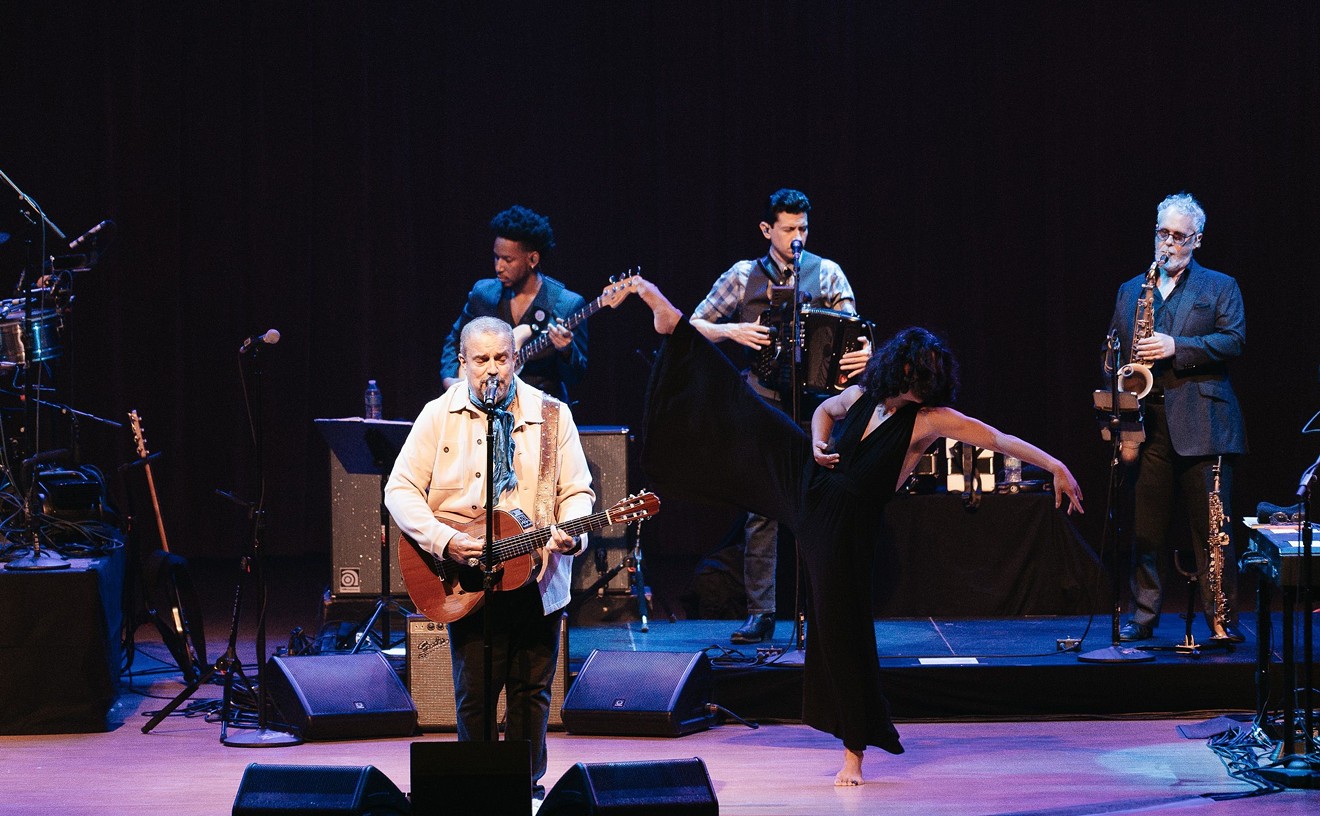
The Gipsy Kings didn’t set out to redefine world music. They didn’t intend to scandalize the world of traditional Flamenco music through their inclusion of pop instrumentation and rock song structures. They just wanted to make pretty girls dance, and they succeeded beyond their wildest dreams.
The history of the Gipsy Kings is as epic and enthralling as the cante jondo Flamenco performed by Jose Reyes, father to one half of the Gipsy Kings, and an important figure in the history of Flamenco’s international popularity. His death marked the birth of the Gipsy Kings; it was while on a pilgrimage after their father’s passing that the Reyes brothers first joined their voices and guitars with Diego, Paco, and Tonino Baliardo.
Soon, the two bands of brothers were playing together around southern France, busking on the streets of Cannes and traveling the countryside, offering their joyous sound as entertainment at weddings and parties. Initially, the group’s sound was very traditional and, while performed passionately and with superb craftsmanship, didn’t promise to take them very far beyond the wandering minstrelsy of their Gypsy heritage.
It was after two relatively unsuccessful albums that the group found themselves working with producer Claude Martinez, who helped the brothers explore the possibilities that existed outside of Flamenco. With the release of their eponymous fusion masterpiece in 1988, the Gipsy Kings’ blend of the ornate styles of traditional Flamenco with Western pop, Latin rhythms, and anything else that caught their ear began catching the attention of listeners around the world.
For two decades, the eight voices and guitars that make up the Gipsy Kings have blended with a dizzying array of musical styles, from traditional Italian ballads to Bedouin folksong to Afro-Cuban jazz and beyond. Through all of this experimentation and cross-cultural commingling, the sound of the Gipsy Kings has managed to stay surprisingly cohesive. Perhaps it is the strong, slightly gritty singing of lead vocalist Nicolas Reyes, or the nimble and lyrical guitar of Tonino Baliardo, the two most consistent points of focus in the Kings’ sound, that makes their music instantly recognizable.
This ability to focus has served the Gipsy Kings well, allowing them to grow their sound within a context of familiarity, anchoring the pull of experimentation with the weight of tradition. That tradition, the immediacy of Gypsy music and the infectious energy of Flamenco, has always been at the core of he Gipsy Kings. With 2004’s Roots and again in 2007 with Pasajero, the group has brought their sound full circle, largely eschewing modern production and instrumentation in favor of the organic, improvisational majesty that occurs when friends and family unite their voices and guitars, making music the way their fathers, and their fathers’ fathers, have been doing for as long as any of them can remember. After years of incorporating the world into traditional Flamenco, the Gipsy Kings have finally brought Traditional Flamenco to the world.
Here's a cool video of the group in action
--Nicholas L. Hall










